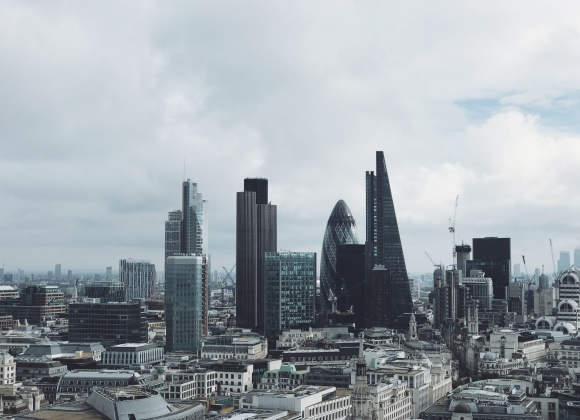Energy Advice: Energy efficient light bulbs
Starting to make your home more energy efficient can be as simple changing your light bulbs. Although they may seem innocuous, inefficient light bulbs can be a big sink hole of both energy and money. Halogen spot lights, for example, can cost up to £35 more per year than powering an energy saving bulb and waste up to 120kg more CO2.
The most inefficient type of light bulbs are incandescent bulbs which have been gradually phased out of production and use worldwide since 2005. Although these stereotypically pear shaped bulbs are superior in that they are inexpensive and able to illuminate fully immediately after being switched on, they release an incredible amount of heat. This loss of energy translate into higher prices and a great waste of energy. These bulbs waste so much energy that complete bans of production and use have been introduced in Brazil, Argentina, Chile, Columbia, Mexico and Canada. Partial bans are also common throughout the rest of the world including Russia, China, Australia, the USA and South Africa. Similarly, in a move to reduce continent wide carbon emissions, member states of the EU have all also agreed to graduated phasing out of incandescent and similarly inefficient bulb types. The most recent target has been halogen bulbs which have been targeted for phasing out with two directives due for completion in September 2018.
Replacements of incandescent type bulbs that are supported by the EU are CFLs (compact fluorescent lamps) and LED (light emitting diodes) bulbs. Although incandescent type bulbs are significantly cheaper, CFL and LED bulb types are more efficient in almost every other way. For example while an incandescent bulb uses up to 60 watts of electricity amounting to 3285 kilowatts per year, an LED bulb uses just 6 watts which amounts to just 329 kilowatts per year. This translates to a difference in cost of almost 10 times.
The reason that CFLs and LEDs are more efficient is because they waste less electricity on creating heat. Incandescent bulbs create light via using electrical current to heat a wire filament until it glows, which also creates a significant amount of heat. However in a CFL, the glow is produced by passing an electrical current through a tube containing argon and mercury which produces some heat but not as much. LEDs are different in that they create a glow by passing electricity through a junction diode that emits photons when it receives electrical energy and releases very little heat.
In addition, LED and CFL bulbs also have a longer life span. The projected amount of time that an LED light bulb will last before naturally breaking (life span) is around 50,000 hours or 10 years of use. In comparison, the incandescent bulb is projected to have a life span of only 1200 hours meaning that it will need to be changed multiple times a year. The reason that this is so much shorter for incandescent bulbs is because the extra wasted heat degrades the materials within the bulb. LEDs on the other hand, waste very little heat and are thus less prone to heat related damage. LED type bulbs life span can be further extended however by ensuring the voltage reaching the bulb is regulated so that it is not receiving power that exceed its requirements. Reducing ambient temperature around the bulb by avoiding enclosed light fixtures can also improve the life span of an LED bulb.
We provide EPC Certificates to businesses across the UK. Visit our London EPC page to book your EPC Certificate.



